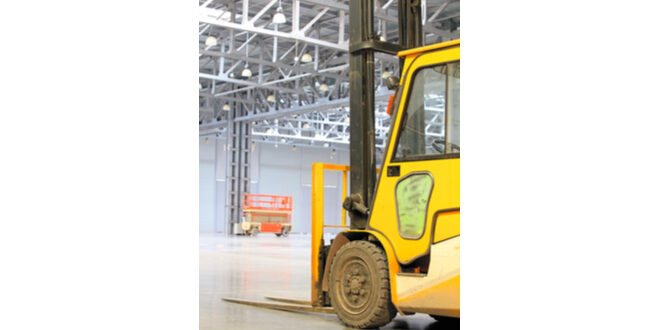The worst health crisis in anyone’s memory couldn’t slow things down, so there’s no reason to think the market won’t hold its own this year, and probably beyond that.
It seems like nothing is able to slow the Inland Empire’s industrial market, not even the worst public health crisis in a century.
In the year of COVID-19, when most economic sectors took a hit, or worse, industrial development in the Inland Empire kept expanding in 2020, as if oblivious to the damage the pandemic was doing everywhere else.
Based on the state of the market now, it’s likely to stay healthy well into 2021, despite the ongoing threat of COVID-19, according to several of the Inland market’s prominent industrial brokers.
“Right now, all of the investors are putting their money into the stock market or industrial real estate,’ said Paul Earnhart, a senior vice president with Lee & Associates Ontario. “The pandemic has forced some [distributors] to go from a three-month inventory to a six month inventory, but other than that it hasn’t had much impact.”
The most recent numbers available regarding the Inland industrial market back up Earnhart’s claim.
Net absorption of industrial space during the third quarter in Riverside and San Bernardino counties was 6.7 million square feet, the second-highest quarterly absorption recorded since 2010, according to CBRE.
That was just short of the record 6.8 million square feet recorded in the fourth quarter of 2018, CBRE reported.
About 18.6 million square feet of speculative industrial space was under construction during the third quarter, and a little more than 35 percent was leased before it was complete, according to CBRE.
Only five percent of that space was non-speculative, according to CBRE.
Most of that building is for projects under one million square feet. The “big- box” projects that were common as recently as five years ago are becoming more difficult to produce because of a lack of land, especially on the west side in Rancho Cucamonga and around Ontario International Airport.
“That’s probably not going to change in 2021,” Earnhart said.
The third quarter also saw total industrial activity reach 15.3 million square feet, the highest it’s been in about 10 years, while net absorption totaled 6.7 million square feet. Fifty-five percent of that activity was on the west side, despite some landlords charging “premiums rates,” CBRE reported.
More signs of a healthy market: average lease rates in the third quarter were 60 cents a square foot, 3.4 percent higher than they were in the second quarter, vacancy fell to 2.7 percent, its lowest level in more than 10 years.
“The Inland industrial market has been the Inland Empire’s shining star during the pandemic,” said Eric Willett, research director with CBRE. “The numbers from the third quarter show how resilient it is.”
Vacancy will remain low and absorption high up during 2021, according to Willett.
“There will be some places, like the west end, where it will be hard to find land, but the market will stay strong,” Willett said. “We expect it to keep expanding.”
The Inland industrial market’s performance during the last 12 months has Earnhart shaking his head.
“We were expecting Armageddon, but we didn’t even get a slight downturn,” he said. “That’s pretty amazing.”
Because COVID-19 forced people to cancel vacations, a lot of money that would have been spent on travel went into home improvement projects, a development that probably helped the industrial market stay healthy, according to Earnhart.
“A lot of people stayed home and worked on their houses, which created demand at the warehouses,” Earnhart said.
Another factor was Amazon, the online retail giant that has 26 fulfillment centers in California, including 15 in the Inland Empire. Online shopping was already taking a large bite out of traditional retail, but when the pandemic hit in the spring a lot of people who had never shopped on the internet started doing so and decided they liked it.
The result was more inventory at logistics operations, both demand centers and regular warehouse-distribution facilities.
“Amazon thinks ahead, and they were really in position to take advantage of the increased demand when it happened,” said Chuck Belden, vice chair at Cushman & Wakefield Ontario. “Not that they could have predicted COVID-19, but I think they’ve had a hand in keeping the industrial market strong. People like Walmart, Target and Best Buy have followed their lead.”
As for 2021, Belden believes the Inland industrial market could see lease rates increase by as much as six percent in some size ranges, vacancy will remain low, and absorption will stay strong across the region next year.
“I expect to see demand for industrial space to remain strong, not only in the Inland Empire but all of Southern California,” Belden said.
Earnhart also optimistic about 2021: he forecasts solid vacancy and absorption, and only a slight increase in lease rates.
“I think we will see more stimulus money and that will keep spending up,” Earnhart said. “I’m actually optimistic about that. The biggest downside is a possible tax increase, because that would slow things down.”
 IE Business Daily Business news for the Inland Empire.
IE Business Daily Business news for the Inland Empire.


